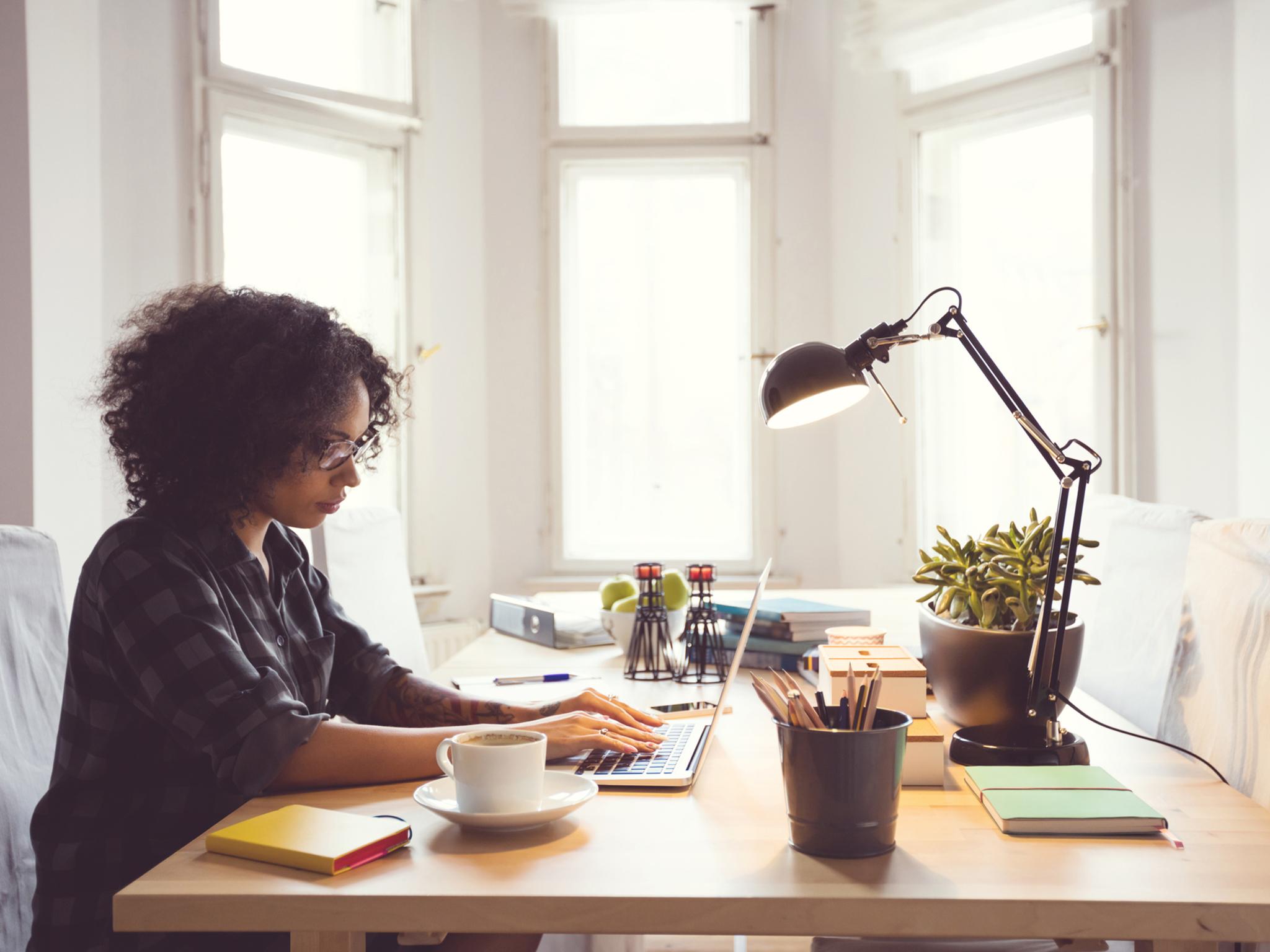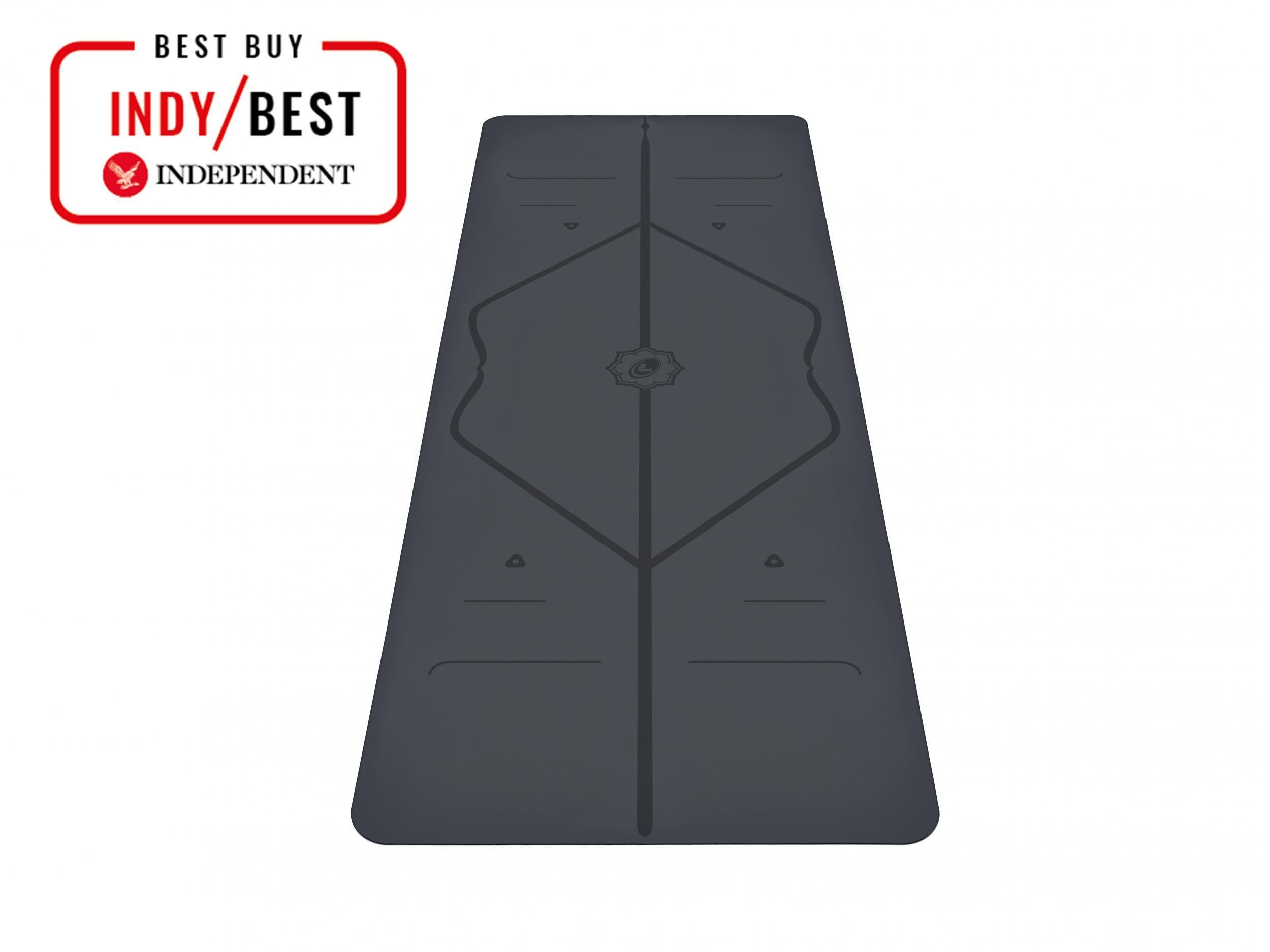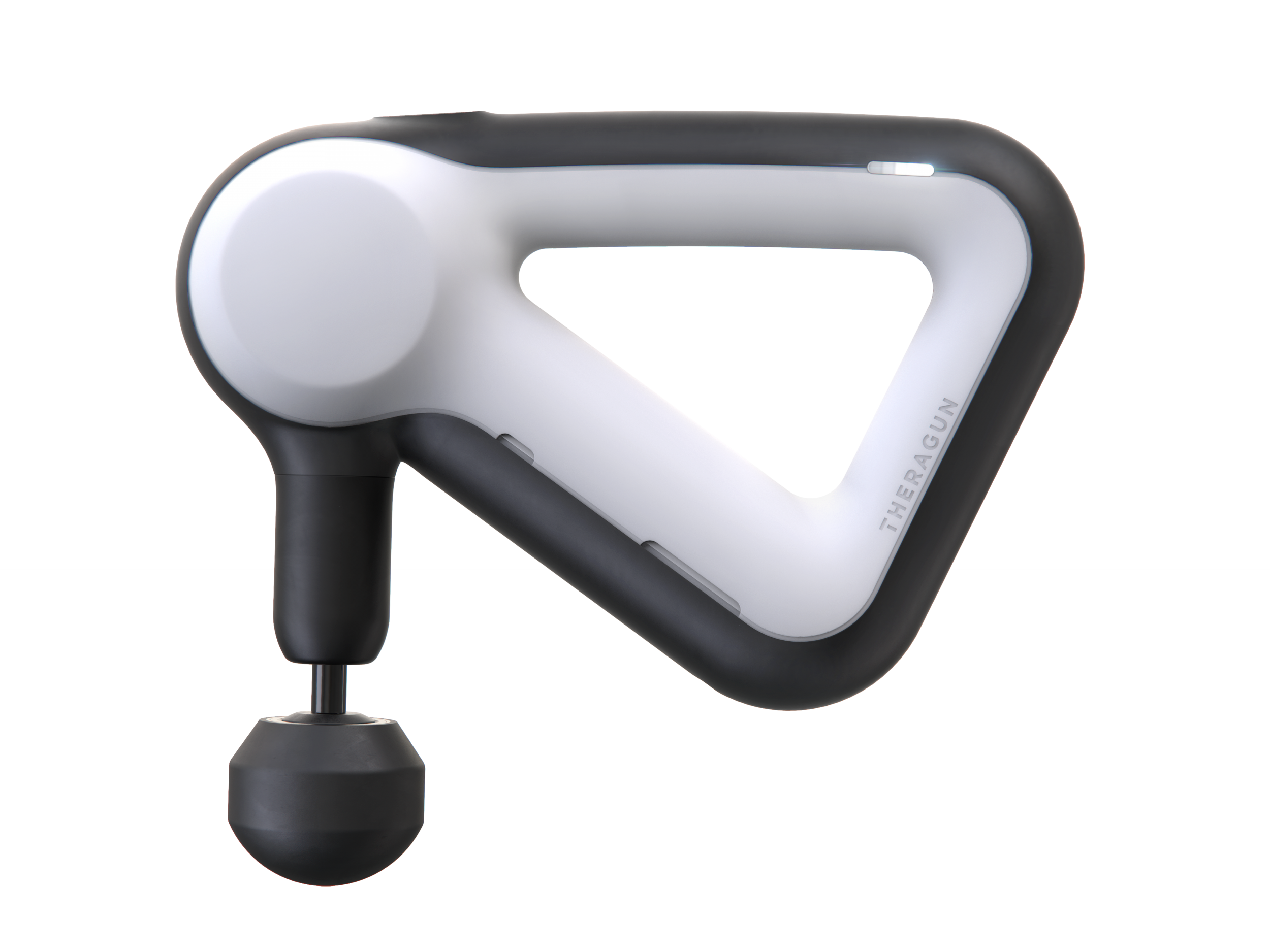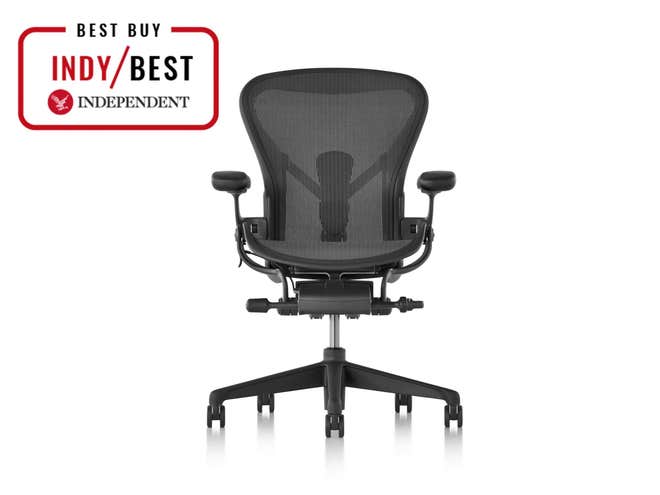The Independent's journalism is supported by our readers. When you purchase through links on our site, we may earn commission. Why trust us?
How to avoid back pain while working from home, according to a physiotherapist
Moving often, taking regular breaks and stretching – even at your desk – will all help

Your support helps us to tell the story
This election is still a dead heat, according to most polls. In a fight with such wafer-thin margins, we need reporters on the ground talking to the people Trump and Harris are courting. Your support allows us to keep sending journalists to the story.
The Independent is trusted by 27 million Americans from across the entire political spectrum every month. Unlike many other quality news outlets, we choose not to lock you out of our reporting and analysis with paywalls. But quality journalism must still be paid for.
Help us keep bring these critical stories to light. Your support makes all the difference.
As we head towards the end of week five in lockdown, for many the new normal involves working at home from a makeshift workstation.
Whether it's the kitchen table, worktop or sofa, not being in an office means many of us are struggling without the proper environment or equipment.
For many, we're also walking less without a commute, and are not able to keep up with our usual fitness routines as gyms are closed.
As a result, your posture may have suffered, with tension and strain across the shoulders, back and neck becoming more frequent than usual.
Being hunched over your working from home "desk" is doing you no favours.
Josephine O'Callaghan, head of physiotherapy at Soho clinic Executive Physiotherapy, shared with The Independent the small changes to make and the exercises to do that will alleviate pain and improve your posture.
You can trust our independent round-ups. We may earn commission from some of the retailers, but we never allow this to influence selections, which are formed from real-world testing and expert advice. This revenue helps us to fund journalism across The Independent.
Move more
According to O’Callaghan, posture tends to deteriorate the longer you spend sitting or standing in a static position.
“There will be a build-up in tension in the muscles and a reduction in how effective and efficient they are,” she says, adding that changing your position regularly allows you to soften the load on tissues, ligaments and joints and avoid chronic shortening or de-conditioning of muscle groups.
She recommends changing positions or moving every 20-30 minutes, whether it’s getting up for a drink, stretching at your desk, or longer activities such as going for a walk or gardening.
Take these breaks in the middle of the day, rather than at the end, to break up time spent without movement.
“Most of us are guilty of slouching at some point and the problems start when you slouch for prolonged periods of time as the muscles around the back and neck are left in a stretched position,” she says.
She explained the drastic effects it has on your neck. "When you slouch, your head moves forward and the load on your neck increases to about 14kg, almost three times more than the average head weight of 5kg.
"The head then is no longer balanced effectively on the spinal column. Over time this can leave your neck muscles fatigued which can lead to neck pain."
Exercises and stretches you can do at home
O’Callaghan recommends doing exercises for your core, such as pilates and strength training, which are important for your posture.

If you want to begin yoga to help you stay supple, start with picking up a yoga mat, which is really the only piece of equipment you need to begin. Coming top in our IndyBest guide, we were impressed with the Liforme yoga mat, £100, for its grippy surfaces and grid system embedded in it, which helps you align yourself in poses.
In our how to start yoga at home guide, there’s plenty of classes you can follow along via Instagram live in real-time. Firstly, fitness Instructor Charlotte Holmes recommends finding enough space to lie a yoga mat down, plus a little added extra around the edges to let you stretch out slightly. “I’d suggest an extra 50cm if possible,” she says.
If you're working out more now than before, it's a good time to upgrade your fitness gear to suit your practice. If you're starting yoga, our reviewer loved this Lululemon love tank pleated, £35 in our review of the best yoga tops. It keeps you well covered, is loose enough for layering, is soft to the touch but includes a Lycra fibre to help maintain its shape after washing.
Dig Me Fitness hosts trice daily live stream classes in a mix of HIIT and yoga sessions that you can slot into your workday or once you’ve finished for the day. It allows you to go at your own pace and have an expert guiding you through poses.

There’s also plenty of stretching exercises that you can adopt, and even do at your desk, many tutorials can be found on YouTube too. You can follow the Executive Physiotherapy's YouTube channel, so you can be properly guided through the stretches by a professional.
Some that O’Callaghan suggests (both have videos online) is a side flexion neck stretch, which involves using your hand on the side of your head to intensify stretching your neck from side to side. For muscle release, grab a tennis sized ball and roll it back and forth firmly along the top part of your shoulder, concentrating on any sore points.
The massage tools to help relieve pain
If your own two hands aren't cutting it, try an electric massage tool to help alleviate built-up tensions and back, neck and shoulder pain.

The Theragun liv, £179, looks extreme but is effective. You may have seen the handheld percussive device making the rounds on Instagram and our reviewer found it unbelievably good at treating knots and tight shoulders.
For something more static, this Pranamat eco massage set, £148, also won us over. It’s a spiky acupressure mat made with linen, cotton and coconut fibres which you can roll under the nape of the neck and shoulders that we found particularly good at alleviating headaches.

Use it in short sessions of 10-15 minutes or for longer 30-40 minute bursts if you prefer.
Office equipment to improve working from home
Common errors people make when working from home include unsupported forearms, using a computer screen that’s too high or low, sitting at a chair and desk that aren't at the correct height and poor keyboard positioning.
O’Callaghan recommends that your screen should be high enough so that your eye level is at the top third of the screen, you should be able to reach your keyboard with your elbow bent to 90 degrees and your lower back supported at the back of your chair.
“Your desk height should be high enough to comfortably push your chair underneath your desk, but not so high that your arms are reaching upwards to your keyboard,” she says, adding, “make sure you can have your feet flat on the floor with your hips and knees at 90 degrees and your back against the back support of your chair.”
She suggests using a wireless keyboard and mouse if you're working from a laptop, as you cannot get into a good posture if the keyboard is attached to the screen. This Microsoft surface keyboard, £89.99 from John Lewis & Partners, is compatible with Windows and Mac computers and is a slimline, fuss-free addition to your at-home workspace.

This Herman Miller aeron office chair, £1,099 from John Lewis & Partners, also comes highly recommended from our IndyBest test of ergonomic office chairs, described as supremely comfortable by the reviewer. It’s height, tilt and range of motion can all be adjusted to suit your needs and it has a slight bounce which gives the chair a sense of responsiveness. It’s a worthwhile investment.